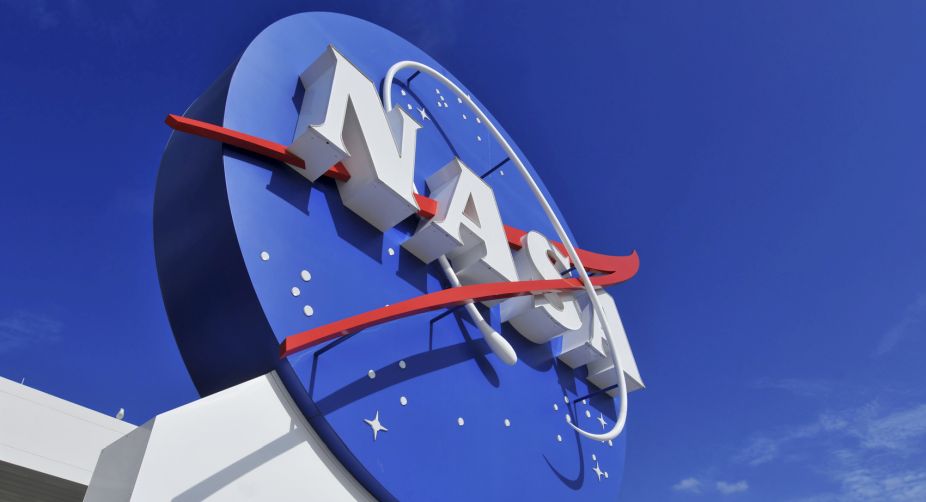To help learn more about the primitive building blocks of the solar system and answer questions about Earths neighbours like the moon and Mars, three federal entities in the US, including NASA, are reaffirming their commitment to search for Antarctic meteorites.
NASA, the National Science Foundation (NSF) and the Smithsonian Institution (SI) recently renewed their agreement to search for, collect and curate Antarctic meteorites in a partnership known as ANSMET — the Antarctic Search for Meteorites Program, the US space agency said in a statement on Tuesday.
The signing of this new joint agreement advances the programme for an additional decade, replacing an earlier agreement signed in 1980.
“Antarctic meteorites are posing new questions about the formation and early history of our solar system. Some of these questions are spurring new exploration of the solar system by NASA missions,” Smithsonian meteorite scientist Tim McCoy said.
Since the US began searching for meteorites in Antarctica in 1976, the ANSMET programme has collected more than 23,000 specimens, dramatically increasing the number of samples available for study from Earth’s moon, Mars and asteroids.
Among them are the first meteorites discovered to come from the moon and Mars, and the well-known ALH 84001 Martian meteorite, which helped renew interest in Mars exploration in the 1990s.
Meteorites are natural objects that fall to Earth from space and survive intact so they can be collected on the ground, or — in this case — on ice.
Antarctica provides a unique environment for the collection of meteorites, because the cold desert climate preserves meteorites for long periods of time, NASA said.
Advertisement











